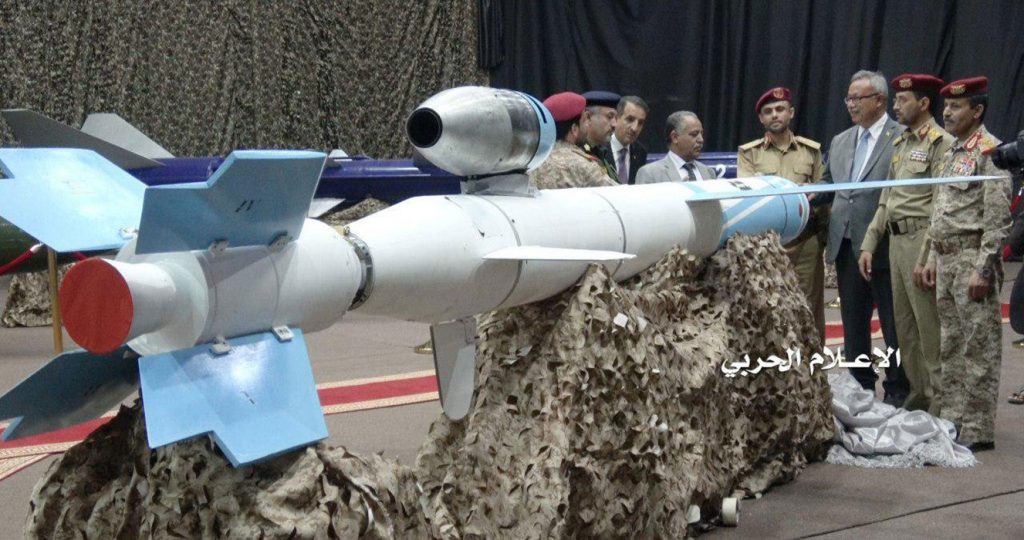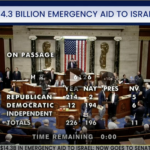Attacks on Saudi oil facilities raise US-Iran tensions
By John Mecklin | September 16, 2019

Recent attacks on Saudi Aramco facilities are dominating international security news today, and with good reason. Those attacks—against the Abqaiq crude oil processing installation and the Khurais oil field—have reportedly shut down half of Saudi Arabian oil production for an as-yet-undetermined time, causing a spike in world oil prices and raising the prospect of a US attack on Iran.
Houthi rebels in Yemen—long the target of a Saudi air campaign supported by the United States—have claimed responsibility for the attacks, saying they were carried out by drones. Unnamed US officials, however, have told a variety of major media outlets that the attacks actually came from Iran. Citing a “senior Trump administration official,” ABC News reported that “Iran launched nearly a dozen cruise missiles and over 20 drones from its territory in the attack on a key Saudi oil facility Saturday.”
Other outlets were more circumspect in regard to the administration’s claims. The New York Times, for instance, reported that Saudia Arabia claimed that Iranian weapons had been used and that the attacks did not come from Yemen. The paper also reported that US officials, including Secretary of State Mike Pompeo, contended that the attacks came from Iran but was careful to note that satellite photographs released as evidence for the claim “did not appear as clear cut as officials suggested.”
For his part, President Trump tweeted a suggestion that Iran was responsible without naming that country and raised the vague prospect of US military action by using the phrase “locked and loaded.”
Saudi Arabia oil supply was attacked. There is reason to believe that we know the culprit, are locked and loaded depending on verification, but are waiting to hear from the Kingdom as to who they believe was the cause of this attack, and under what terms we would proceed!
— Donald J. Trump (@realDonaldTrump) September 15, 2019
Iran has vigorously denied involvement, with Foreign Minister Javad Zarif tweeting this tart response:
Having failed at “max pressure”, @SecPompeo‘s turning to “max deceit”
US & its clients are stuck in Yemen because of illusion that weapon superiority will lead to military victory.
Blaming Iran won’t end disaster. Accepting our April ’15 proposal to end war & begin talks may.
— Javad Zarif (@JZarif) September 15, 2019
Amid the uncertainty about the source of the attacks, the weapons used, and the possibility of a US military response, a post on the Arms Control Wonk site provided concrete details about a particular type of cruise missile that could have been used in the attacks on Saudi Arabia. Authored by open-source intelligence analyst Fabian Hinz, the post does not definitively settle where the attacks originated. But it does make a persuasive case that if recently posted social media pictures of cruise missile wreckage actually depict a weapon used against Abqaiq, “it would seem more likely that the attack originated from a place closer to Eastern Saudi Arabia than Northern Yemen – potentially Iraq, Iran or perhaps even from ships.”
But Hinz quickly qualified his conclusion, acknowledging “that is a big if at the current moment.”
Publication Name: Arms Control Wonk
To read what we're reading, click here
Together, we make the world safer.
The Bulletin elevates expert voices above the noise. But as an independent nonprofit organization, our operations depend on the support of readers like you. Help us continue to deliver quality journalism that holds leaders accountable. Your support of our work at any level is important. In return, we promise our coverage will be understandable, influential, vigilant, solution-oriented, and fair-minded. Together we can make a difference.
Keywords: Houthi, Iran, cruise missile, drone
Topics: Special Topics, What We’re Reading















